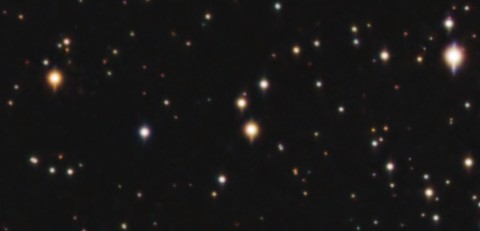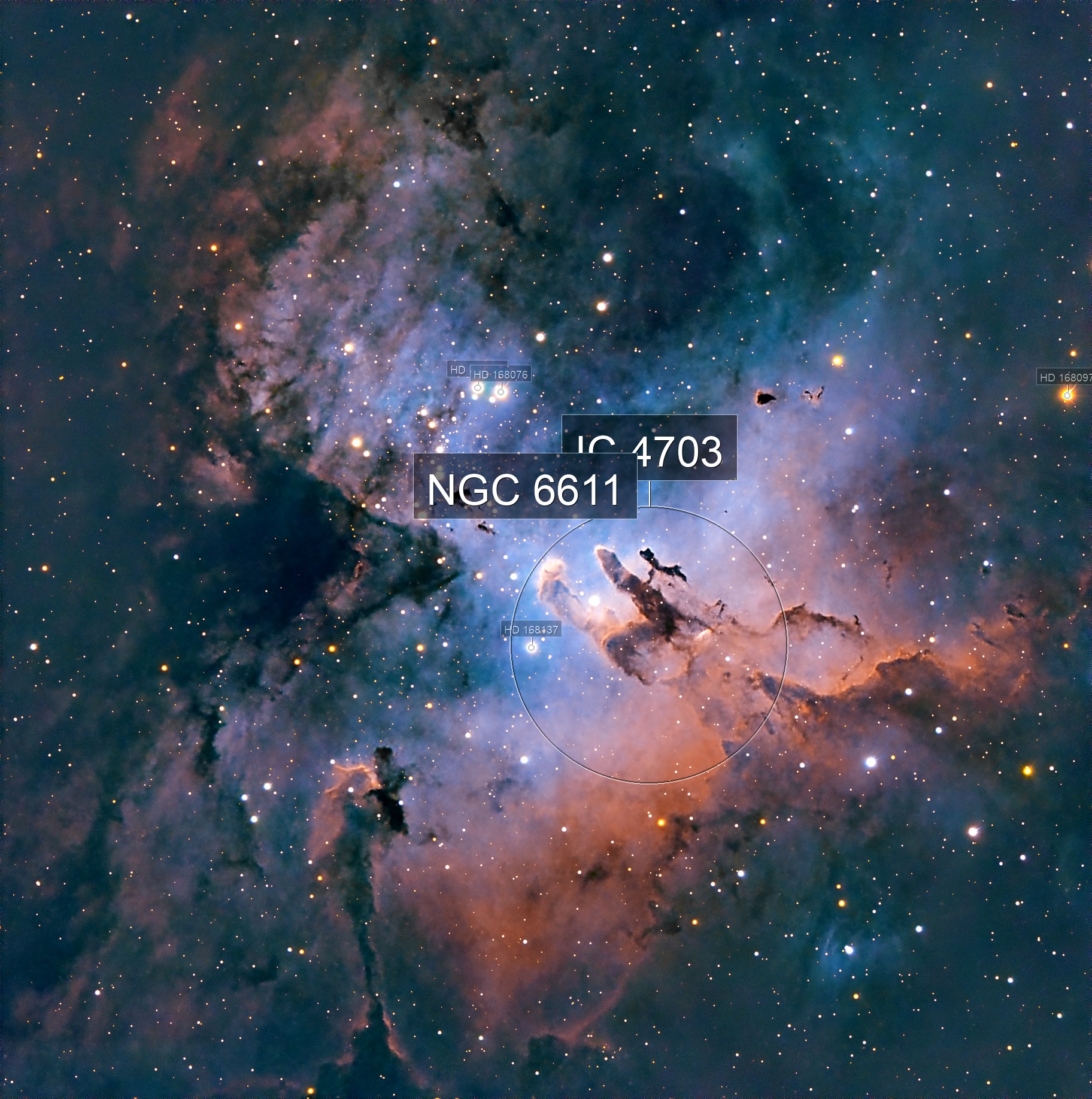Greetings!
I'm getting geared up for a run on M57 and was reviewing some subs from my first night of images. I noticed that I've got some diffraction spikes on the stars and I'm not sure where those are coming from. I don't see anything obstructing the corrector plate, so I'm a little confused. I was expecting round stars and instead I'm seeing vertical spikes.
My imaging train is nothing too complicated. C11---> Starizona LF Reducer---> Starizona 91mm imaging spacer---> Antlia RGB Ultra tri-band filter---> ZWO ASI2600 MC Duo pro

I tried a quick pass with blur/noise exterminator, no luck. I also tried verified that the spikes exist in the un-stretched subs, so there's something in the optical path I would think. I also used ASTAP to measure tilt just in case something was out of whack in the imaging path, but the report shows no tilt. Could this be a collimation issue, or should I assume with no tilt that collimation is also good?
What am I missing?
Jeramie
I'm getting geared up for a run on M57 and was reviewing some subs from my first night of images. I noticed that I've got some diffraction spikes on the stars and I'm not sure where those are coming from. I don't see anything obstructing the corrector plate, so I'm a little confused. I was expecting round stars and instead I'm seeing vertical spikes.
My imaging train is nothing too complicated. C11---> Starizona LF Reducer---> Starizona 91mm imaging spacer---> Antlia RGB Ultra tri-band filter---> ZWO ASI2600 MC Duo pro

I tried a quick pass with blur/noise exterminator, no luck. I also tried verified that the spikes exist in the un-stretched subs, so there's something in the optical path I would think. I also used ASTAP to measure tilt just in case something was out of whack in the imaging path, but the report shows no tilt. Could this be a collimation issue, or should I assume with no tilt that collimation is also good?
What am I missing?
Jeramie
